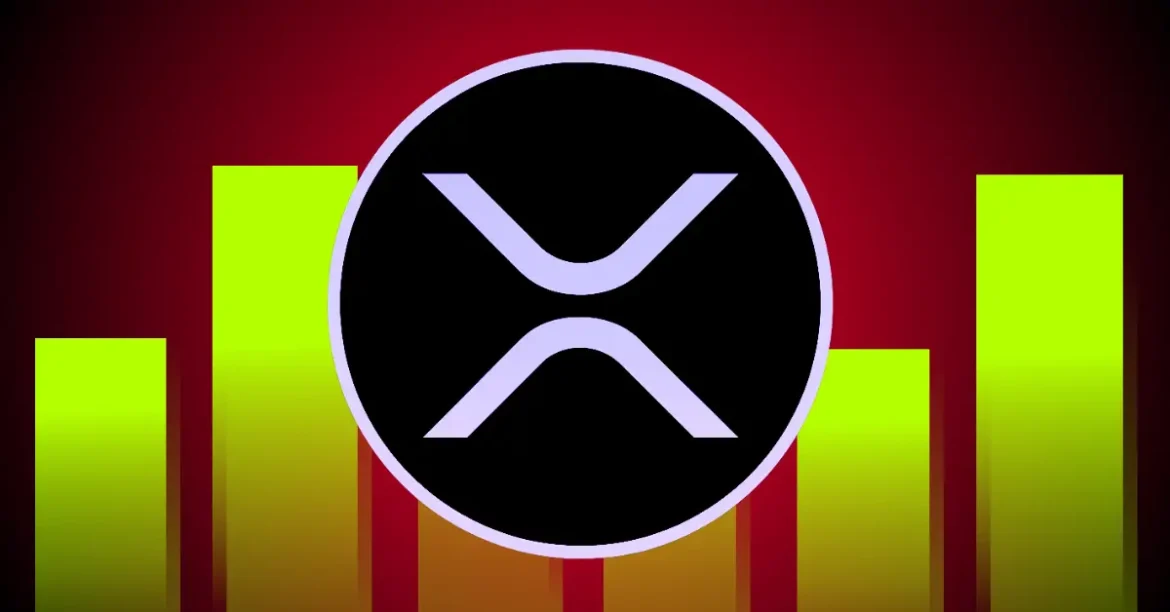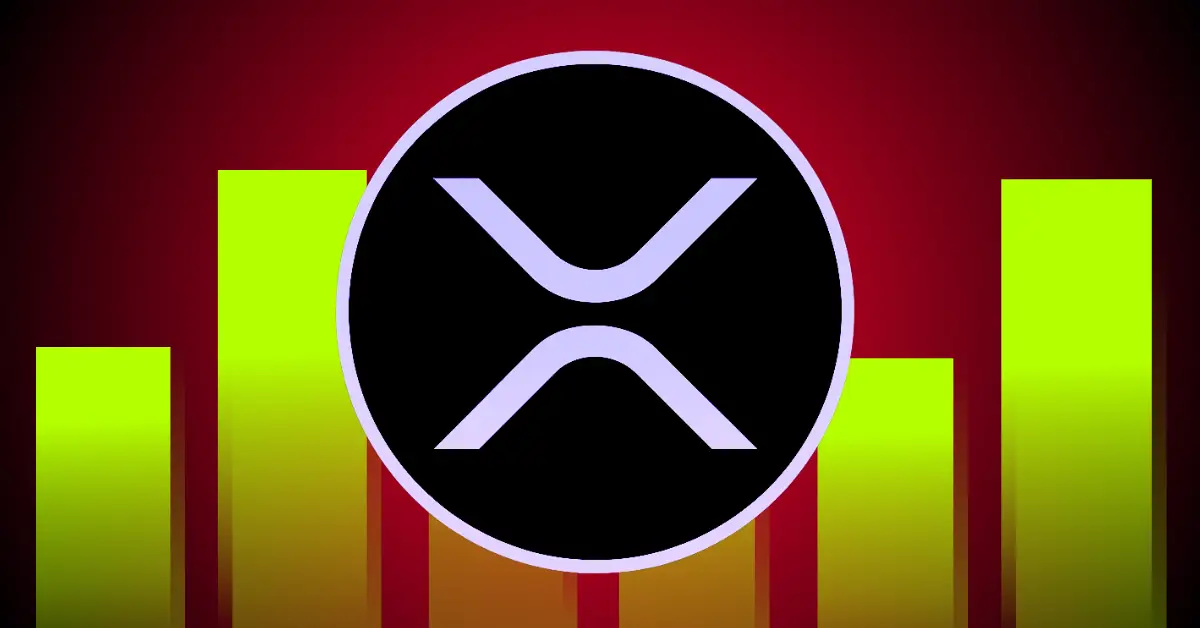The Battle for Global Payments: Can XRP Challenge SWIFT’s Dominance?
The financial landscape is undergoing a seismic shift, driven by the relentless march of blockchain technology. At the forefront of this transformation is Ripple Labs and its digital asset, XRP. The company’s ambitious goal is to carve out a substantial share of the global payments market, currently dominated by the Society for Worldwide Interbank Financial Telecommunication (SWIFT). The stakes are high, with estimates suggesting that a significant portion of SWIFT’s $21 trillion annual transaction volume could be up for grabs. But can XRP truly challenge the incumbent giant?
The SWIFT Monopoly: A Flawed but Indispensable System
To understand Ripple’s ambition, it’s essential to grasp the role and limitations of SWIFT. Established in 1973, SWIFT has become the backbone of international finance, facilitating the secure transmission of payment instructions between banks. The network processes trillions of dollars daily, making it an indispensable part of the global economy.
However, SWIFT’s dominance does not come without criticism. The system is often criticized for its sluggishness, high costs, and lack of transparency. Transactions can take days to settle, and multiple intermediary banks can add fees at each step, driving up costs. Moreover, SWIFT’s centralized nature makes it vulnerable to political influence and censorship, as seen in instances where certain countries or institutions have been excluded from the network.
Ripple’s Vision: A Decentralized Alternative
Ripple Labs aims to disrupt this status quo by offering a more efficient and cost-effective alternative to SWIFT. The company’s suite of solutions is designed to streamline and expedite international transactions, with XRP serving as a key component of its ecosystem.
XRP is a digital asset designed to facilitate fast and low-cost payments. Unlike Bitcoin, which operates on a decentralized and permissionless blockchain, XRP is managed by Ripple Labs and operates on the XRP Ledger (XRPL), a distributed ledger database. This centralized approach allows for greater control and scalability, making XRP well-suited for institutional adoption.
The $21 Trillion Target: A Bold Ambition
Ripple CEO Brad Garlinghouse has publicly stated that XRP could potentially capture a significant portion of SWIFT’s transaction volume within the next few years. The initial target was around 14%, which, based on SWIFT’s current annual transaction volume of approximately $150 trillion, translates to roughly $21 trillion flowing through the XRP Ledger. More recent estimates suggest an even bolder target of 20%, which would equate to around $30 trillion.
But how realistic is this target? To answer this question, it’s essential to examine the factors that could contribute to XRP’s success.
Speed and Efficiency: The Need for Real-Time Payments
One of XRP’s most significant advantages is its speed. Transactions on the XRP Ledger typically settle in just a few seconds, compared to the days it can take for SWIFT transfers to complete. This speed advantage can significantly reduce settlement times and improve cash flow for businesses and financial institutions.
In today’s fast-paced global economy, the ability to make real-time payments is becoming increasingly important. Businesses need to manage their cash flow effectively, and delays in settlement can lead to inefficiencies and increased costs. XRP’s speed can help address these challenges, making it an attractive option for businesses and financial institutions.
Lower Costs: A More Affordable Alternative
XRP transactions are also significantly cheaper than SWIFT transfers. The cost of sending money through SWIFT can range from tens to hundreds of dollars, depending on the number of intermediary banks involved. In contrast, XRP transactions typically cost fractions of a cent, making it a much more affordable option for cross-border payments.
Lower costs can have a ripple effect on the global economy. By reducing the cost of cross-border payments, XRP can help businesses and consumers save money, which can be reinvested in other areas. Moreover, lower costs can help promote financial inclusion, making it easier for people in developing countries to access financial services.
Transparency and Security: Building Trust in the System
The XRP Ledger provides greater transparency than SWIFT. All transactions are recorded on a public ledger, allowing participants to track the movement of funds in real-time. This transparency can help reduce fraud and improve compliance with regulatory requirements.
In an era where trust in financial institutions is at an all-time low, transparency is more important than ever. By providing a transparent and secure platform for cross-border payments, XRP can help build trust in the financial system and promote greater adoption of digital assets.
Growing Adoption: The Key to Success
Ripple has been actively working to expand the adoption of XRP by partnering with banks, financial institutions, and payment providers around the world. These partnerships are crucial for driving volume and establishing XRP as a viable alternative to SWIFT.
Ripple’s growing list of partners includes some of the world’s largest financial institutions, such as Santander, American Express, and Standard Chartered. These partnerships demonstrate the growing acceptance of XRP as a legitimate alternative to traditional payment systems.
Challenges and Obstacles: The Road Ahead
Despite its potential, XRP faces several challenges in its quest to capture a slice of SWIFT’s market share.
Regulatory Uncertainty: A Hurdle to Overcome
The regulatory landscape for cryptocurrencies remains uncertain in many parts of the world. Regulatory clarity is essential for fostering adoption and ensuring the long-term viability of XRP. Without clear regulations, financial institutions may be hesitant to adopt XRP, fearing potential legal and compliance risks.
Competition: A Crowded Market
Ripple is not the only company seeking to disrupt the global payments market. Other blockchain-based solutions, as well as traditional payment providers, are also vying for market share. Competition is fierce, and XRP will need to differentiate itself to succeed.
SWIFT’s Response: The Incumbent Fights Back
SWIFT is not standing still. The organization is actively working to improve its services and modernize its infrastructure. SWIFT has launched initiatives to speed up payments, reduce costs, and enhance transparency. These efforts could make it more difficult for XRP to gain traction in the market.
Centralization Concerns: A Double-Edged Sword
While XRP offers several advantages over SWIFT, some critics argue that its centralized nature is a disadvantage. The fact that Ripple Labs controls the XRP Ledger raises concerns about potential censorship and manipulation. Moreover, centralization can make XRP less attractive to users who value decentralization and censorship resistance.
The Path Forward: A Bright Future for XRP?
Despite these challenges, Ripple remains optimistic about the future of XRP. The company is focused on expanding its network of partners, improving its technology, and working with regulators to create a clear and consistent regulatory framework.
Ripple is also exploring new use cases for XRP beyond cross-border payments, such as micro-payments, remittances, and supply chain finance. By diversifying its applications, Ripple can increase the demand for XRP and solidify its position in the global financial ecosystem.
Conclusion: A Revolution in Progress
Whether XRP can truly capture $21 trillion (or even $30 trillion) from SWIFT remains to be seen. The global payments market is complex and competitive, and there are many factors that could influence the outcome. However, one thing is clear: Ripple and XRP are playing a significant role in the ongoing evolution of the financial industry.
The ambition to capture a significant portion of SWIFT’s transaction volume is a bold one, reflective of the disruptive potential blockchain technology holds for the future of finance. Even if XRP falls short of its ultimate target, the effort to modernize cross-border payments will undoubtedly benefit businesses and consumers around the world by creating a more efficient, affordable, and transparent financial system. The revolution has begun, and the financial world will never be the same.





